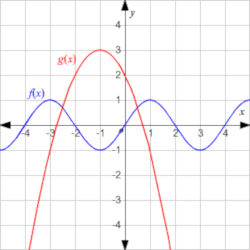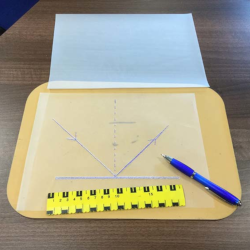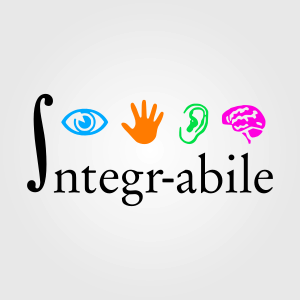Graphical representations are commonly used to convey mathematical concepts, visualize data or provide accurate quantitative information. In particular, function graphs can be used to simultaneously display the overall properties of a mathematical function, such as raising or diminishing trend, while also conveying accurate quantitative information. However, unlike text, graphical representations, such as function graphs, are not accessible for people with visual impairments, which limits their possbility to learn and work.

Traditional solutions to this problem are physical tactile supports, such as embossed drawings. These, however, reguire sighted support, convey only a limited amount of information, and cannot be changed once created. Digital solutions also exist, but they do not allow simultaneous exploration of global properties and accurate quantitative information of a graph. Furthermore, graph exploration is most needed while studying, but none of the existing solutions is designed to be accessed directly from math textbooks.

AudioFunctions.web is a web app that uses sound modulation and speech synthesis to enable blind people to explore mathematical function graphs. The system is designed to be accessed through different interfaces (touchscreen, keyboard, touchpad and mouse) on both mobile devices and personal computers, in order to better adapt to different user abilities and preferences. It is also publicly available as a web service and can be directly accessed from teaching material and web pages.

AudioFunctions.web: is a web-based system that enables people with visual impairments or blindness to explore mathematical function graphs using sound.
AudioFunctions.web simultaneously provides global overview of the represented function as well as detailed quantitative information.
The system is designed for personalized access through different interfaces: touchscreen, keyboard, touchpad and mouse.
It is available on both mobile devices and personal computers, in order to better adapt to different user abilities and preferences.
It is publicly available, can be accessed directly from the teaching material, and does not require additional software.